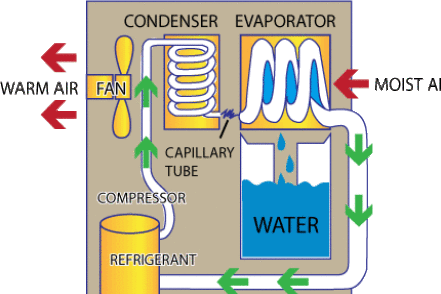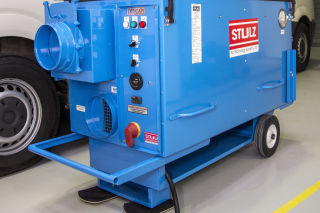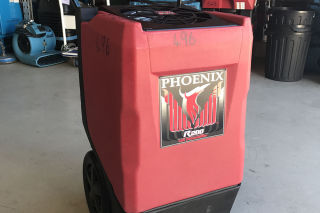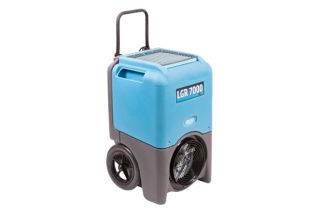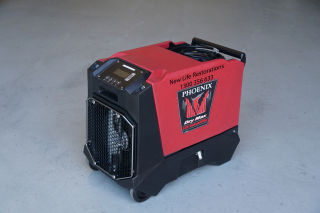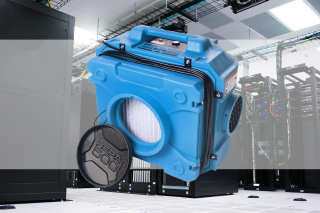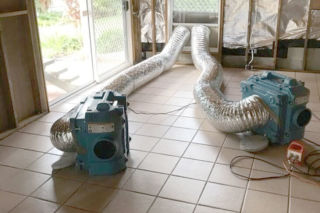What are the Benefits of Using a Dehumidifier?
If you are suffering from the issue of excessive moisture in your property, then you may benefit from the use of a dehumidifier.
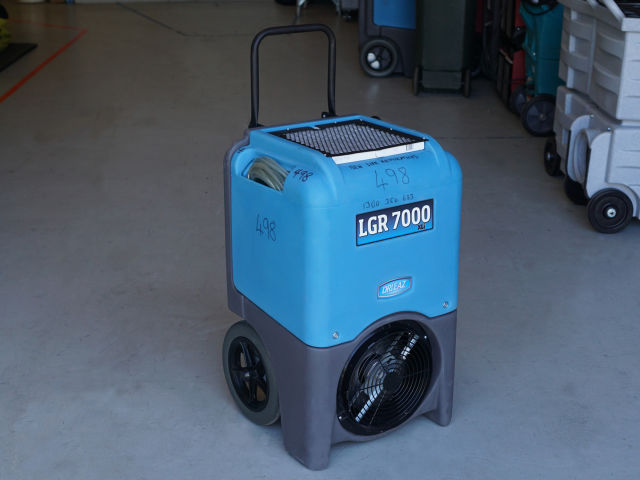
If you are suffering from the issue of excessive moisture in your property, then you may benefit from the use of a dehumidifier. A dehumidifier, as the name suggests, gets rid of excess humidity (moisture) from the air and surrounding materials. This means that dehumidifiers can help maintain optimal humidity levels to prevent health issues or damage to your property from excess moisture.
If water damage has occurred, they can also dry wet areas and materials such as plasterboard, carpets and structural supports. If you want to prevent any moisture damage to your household, or are already suffering from the issue of moisture buildup in your property, a dehumidifier can help.
Please visit Agile Equipment for a full range of dehumidifiers:See Range
Benefits of Using a Dehumidifier
Solve Humidity Issues
Moderate moisture in the air is acceptable and preferred. According to the National Asthma Council Australia1, the optimal indoor relative humidity (RH) range is between 30 and 60%. Excessive humidity above these recommended levels creates an ideal environment for mould allergenic microbes such as dust mites (see “More Notes on Allergens and Humidity” below), and can also lead to structural damage2 of buildings. It is therefore necessary to keep the relative humidity in check to prevent issues such as mould, fungus, allergies, and damage to property. A dehumidifier can automatically remove the right amount of moisture from your premises to keep humidity levels maintained at appropriate levels.
Fix Significant Water Damage
Sudden influxes of water through floods or bursting water systems can damage your property significantly. Not only are wet buildings impractical for occupying, they can quickly lead to warped building structures or rapid mould growth. Quickly drying excess water is key to preventing longer term damage or negative health effects. Dehumidifiers can achieve this, rapidly drawing water from the building and materials to leave them dry and usable.
Other Benefits
Other benefits to using a dehumidifier include:
By getting rid of excessive humidity, a dehumidifier makes your house less hospitable to allergens.
They can prevent or starve off mildew and mould that thrives with high moisture in the air.
They can get rid of the musky odour that is accompanied by the growth of mould and mildew.
Depending on which dehumidifier you use, they can purify the air and remove dust, mould spores and other harmful particulates from it, resulting in better and cleaner air quality.
Lower humidity means that cereals, snacks and fresh food in your house will remain fresh for longer.
By getting rid of moisture and allergens, dehumidifiers promote better health.
Paint on the walls and ceiling won’t develop bubbles because of condensation, thereby lasting longer.
If you are looking to rent or buy a dehumidifier, please contact us to talk further, or view our dehumidifier range here. For how to use a dehumidifier, see “How to Use a Dehumidifier” below. If you are still unsure of whether you need a dehumidifier, please see “Signs You May Need a Dehumidifier” below. If you want more information on mould and allergens, please see “Signs of Mould” and “More Notes on Allergens” below.
How to Use a Dehumidifier
If you are looking to use a dehumidifier to dry wet carpet, please read this article or watch this video.
If you have rented or bought a dehumidifier from NLR and want to ensure you use it correctly, please see our Dehumidifiers page and select the correct model to find the manual.
Signs You May Need a Dehumidifier
If you are sceptical of whether you need a dehumidifier or not, we have listed below questions that will help you decide:
Do you have excessive moisture in the atmosphere of your building or specific parts of your building?
Do you often spot wet stains on the walls or ceiling of some rooms?
Do specific rooms or spaces give you a stuffy and unpleasant feeling when you enter them?
Are the windows covered with condensation when you keep them closed for long?
When you enter a room, do you sense an odd and musky odor (see “Signs of Mould” below)?
Is mould, fungus, or mildew growing on parts of the walls or ceiling (see “Signs of Mould” below)?
Do you suffer from allergies when you are at home but feel fine at other places?
Does the air feel damp and heavy in some rooms or the entire building?
If you have answered yes to one or more of the above, then you should definitely look into using a dehumidifier. Our technicians can inspect your house and determine whether your issue can be resolved with the use of a dehumidifier or you need additional measure to resolve it. Please contact our office to talk further, or view our dehumidifier range here.
Signs of Mould
Mould growth is a frequent result of excess moisture in a building, which using a dehumidifier can help rectify. If you suspect you may have mould, but aren’t sure yet, these are the tell-tale signs that you have mould growing in your building:
You smell a musky odor from certain rooms and or a chimney.
You get watery eyes that sting and a runny nose when you spend time in a specific room for too long which may feel similar to an allergic reaction.
You get an itchy and burning feeling in your skin along with constant tingling. Your skin may also get dry, itchy, and/or scaly.
If a member of the family (or yourself) has asthma, it acts up more frequently at home or in certain rooms than outside.
There is bubbling on the paint. It can be on the walls or even ceiling. If you have poster sheets instead of paint, they may also bubble.
You are suffering from breathing problems and cough a lot even though you don’t have a cold.
Exhaust fan or HVAC lining is getting jammed often.
If you have small children at home, they may cough at night or when windows are closed and there isn’t enough fresh air.
There are soft spots on the wooden floor or on the walls that feel squishy.
If you suspect that you have a mould problem, please see this page for more information about how to establish the presence of mould with certainty. We can provide DIY testing kits through our sister company IECL, or qualified technicians to inspect your property. For a comprehensive overview of all our mould services, from testing to remediation, please see this page. Please note that while our dehumidifiers can rectify high moisture levels that enable and aggravate mould growth, using them alone is not enough to disinfect your premises of mould.
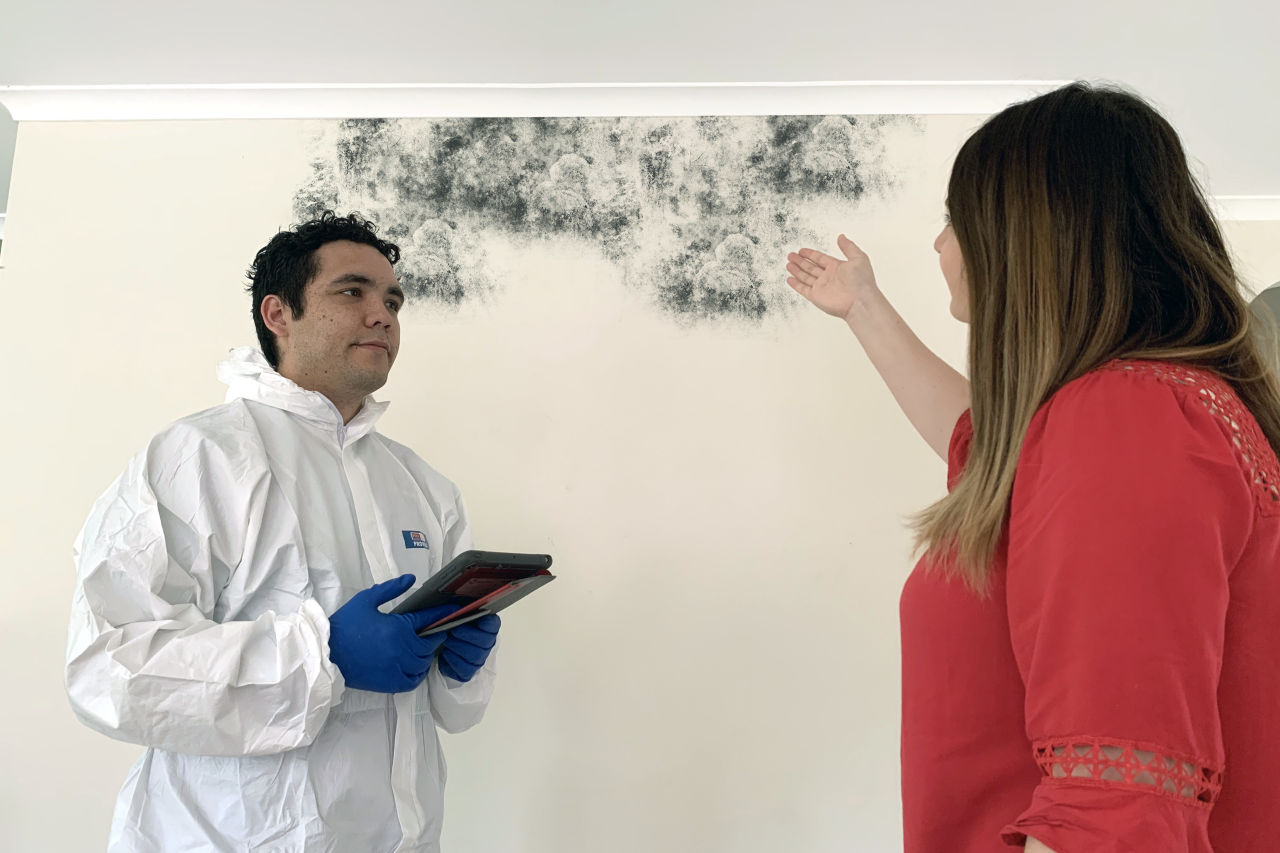
More Notes on Allergens and Humidity
High humidity is a breeding ground for harmful allergens that can cause a lot of complications for human health. Allergens such as mould, mildew, dust mites, and bacteria thrive in the environment rich in moisture3. Although a proper HVAC system may prevent these allergens from entering your building, moisture generated and stored inside a building may contribute to their growth. They can result in allergies and serious health concerns, which is why it is important to keep humidity in check. If you are concerned about allergens and suspect that you have moisture levels that are too high, please contact our office to talk further, or view our dehumidifier range here.
References
Koster, L. (2016). Indoor humidity and your family's health. National Asthma Council Australia. https://www.nationalasthma.org.au/news/2016/indoor-humidity
- Australian Building Codes Board. (2019). Condensation in buildings handbook. https://abcb.gov.au/Resources/Publications/Education-Training/Condensation-in-Buildings
Home Humidity and Allergies. Achoo Allergy. https://www.achooallergy.com/blog/learning/home-humidity-and-allergies/
